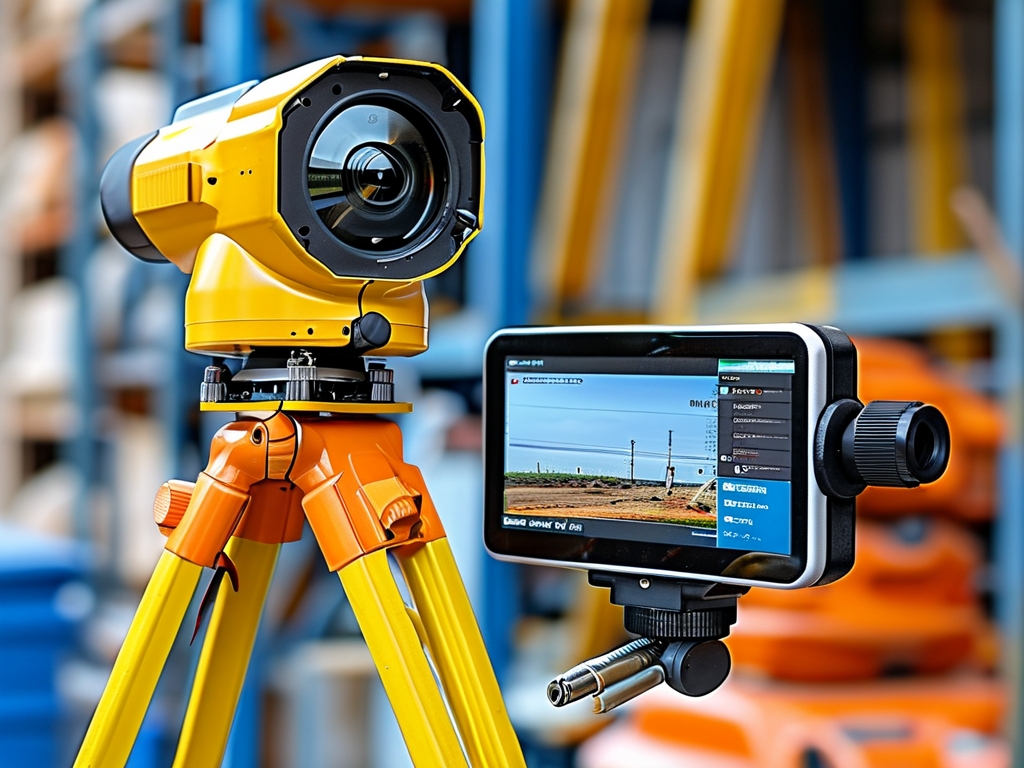The convergence of cloud computing and mobile technology has birthed a revolutionary concept: the cloud-native distributed smartphone. Unlike traditional smartphones that rely solely on local hardware, this next-generation architecture decentralizes processing, storage, and connectivity across cloud servers, edge nodes, and lightweight devices. By reimagining the smartphone as a distributed system, this paradigm promises to overcome limitations in performance, scalability, and energy efficiency while unlocking unprecedented possibilities for users and developers alike.

1. Anatomy of a Cloud-Native Distributed Smartphone
At its core, a distributed smartphone operates on three interconnected layers:
- Thin-Client Device: A minimalist hardware interface (e.g., foldable screens, AR glasses, or even wearables) handles basic input/output functions.
- Edge Computing Layer: Nearby edge servers manage latency-sensitive tasks like real-time rendering for gaming or AI-driven camera processing.
- Cloud Backbone: Remote data centers execute resource-intensive workloads, from big data analytics to machine learning model training.
This trifecta enables devices to dynamically offload tasks based on network conditions, user priorities, and energy constraints. For instance, a photo edit could be processed locally for privacy, while a 4K video render leverages cloud GPUs for speed.
2. Breaking the Hardware Ceiling
Traditional smartphones face inherent trade-offs between form factor and capability. High-end chipsets drain batteries, while compact designs limit cooling and upgradability. Cloud-distributed architectures dissolve these barriers:
- Performance Democratization: A $200 device could match flagship phones by tapping into cloud resources.
- Instant Upgrades: New features deploy via software updates to edge/cloud layers, bypassing hardware obsolescence.
- Energy Revolution: With 80% of computations offloaded, devices could operate for days on tiny batteries.
Case in point: Gaming. NVIDIA’s GeForce NOW already streams AAA titles to low-end devices, but a native distributed system could integrate game logic, physics engines, and AI opponents across layers for seamless play.
3. The 5G/6G Imperative
Ultra-low latency and high throughput are non-negotiable. While 5G’s 1ms latency and 10Gbps speeds enable real-time cloud interactions, future 6G networks integrating terahertz frequencies and AI-optimized routing will be pivotal. Satellite constellations like Starlink add redundancy for rural areas. Crucially, distributed smartphones could alleviate network strain by preprocessing data at the edge before transmission.
4. Security in a Decentralized World
Skeptics rightly question data safety in fragmented systems. Solutions emerge through:
- Zero-Trust Architecture: Continuous authentication across all layers.
- Homomorphic Encryption: Process encrypted data in the cloud without decryption.
- Blockchain-Backed Provenance: Immutable logs for data access and task execution.
Notably, distributing data across geo-fenced nodes (vs. centralized servers) reduces single-point breach risks.
5. Developer Opportunities and Challenges
Developers must adapt to writing “location-agnostic” code. New frameworks like Fission for serverless edge functions or Akraino for cloud-native mobile apps are paving the way. Monetization models will shift too—imagine app stores charging based on cloud GPU minutes consumed rather than flat fees.
Yet challenges persist:
- Standardizing APIs across heterogeneous cloud providers
- Debugging distributed systems spanning continents
- Balancing cost (cloud resources vs. local processing)
6. Real-World Applications
- Healthcare: Wearables transmitting vital signs to cloud AI for real-time diagnostics.
- Metaverse: AR/VR headsets using edge nodes for spatial mapping while cloud servers simulate persistent virtual worlds.
- Enterprise: Phones acting as secure portals to company cloud workspaces, with data never stored locally.
Huawei’s “Cloud Phone” and Samsung’s “Boundless Phone” concept hint at early commercialization.
7. The Road Ahead
Industry collaboration is critical. The Linux Foundation’s EdgeX Foundry and Google’s Anthos for Telecom exemplify cross-sector efforts to standardize distributed mobile ecosystems. Regulatory frameworks must evolve too—particularly around data sovereignty in cross-border cloud workflows.
Economically, this shift could disrupt semiconductor markets (reducing dependency on advanced nodes) while creating trillion-dollar opportunities in cloud services and 6G infrastructure.
In , cloud-distributed smartphones aren’t merely incremental upgrades but a fundamental redefinition of mobile computing. By transcending physical hardware limits, they herald an era where your phone isn’t a device you own, but an intelligent, omnipresent interface to infinite computational power—where the real “smart” lies not in your palm, but in the cloud-connected world around you.




